Are you 21 or older?
Indacloud products are only for use in states where the sale and consumption of such products are legal. By clicking YES, I certify that I am over the age of 21 and will comply with the above statement.
Indacloud products are only for use in states where the sale and consumption of such products are legal. By clicking YES, I certify that I am over the age of 21 and will comply with the above statement.




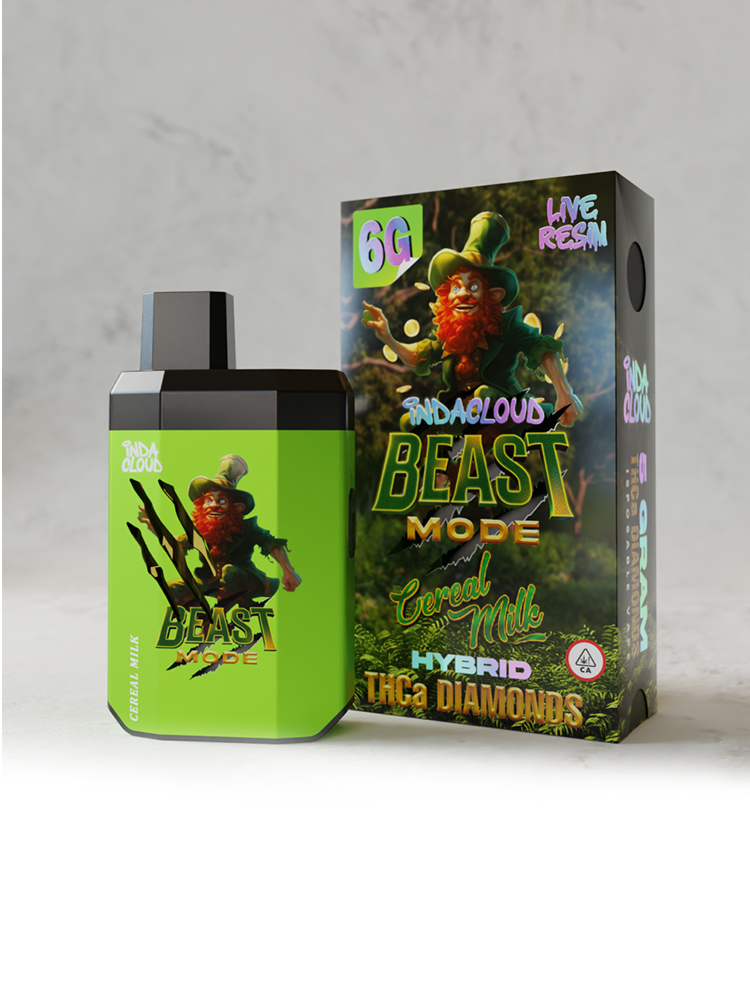

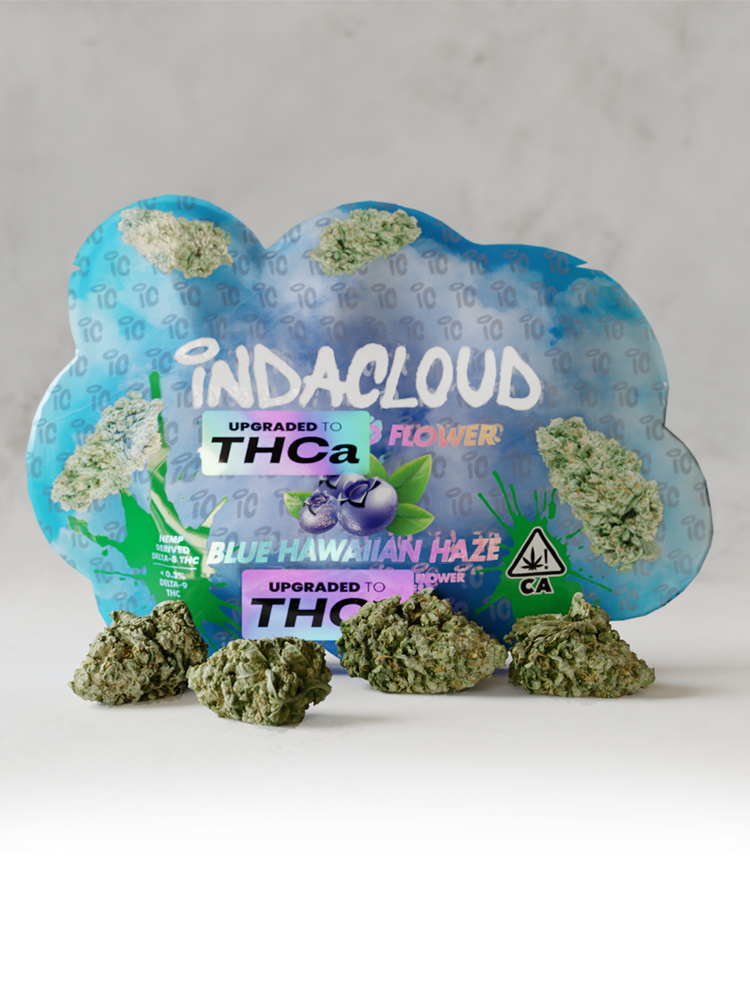

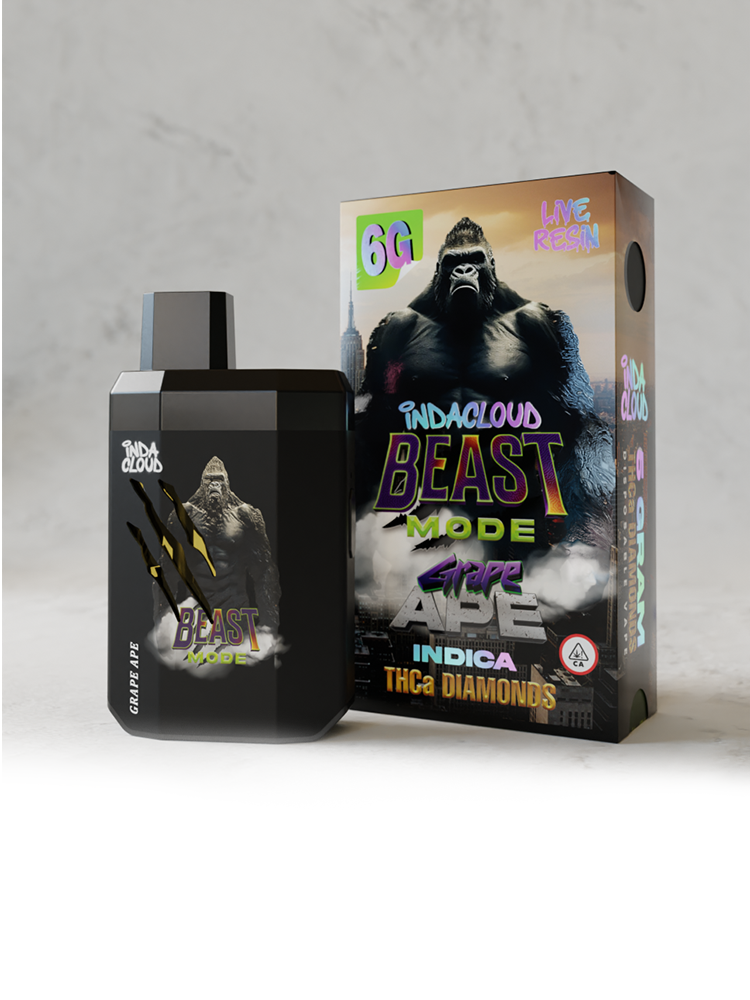








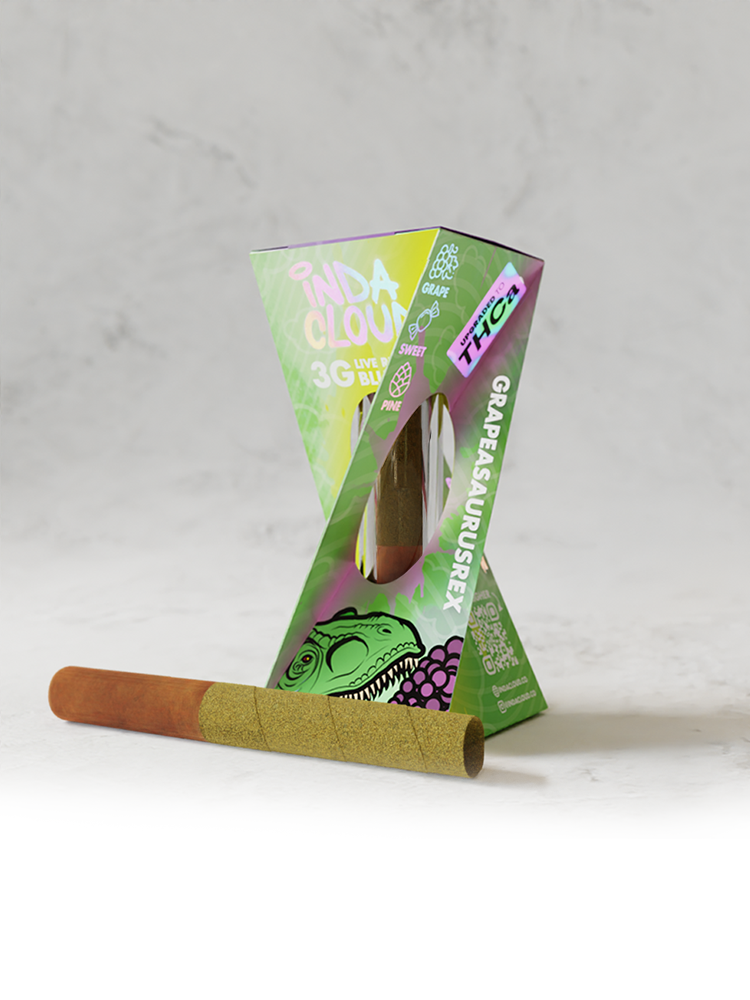




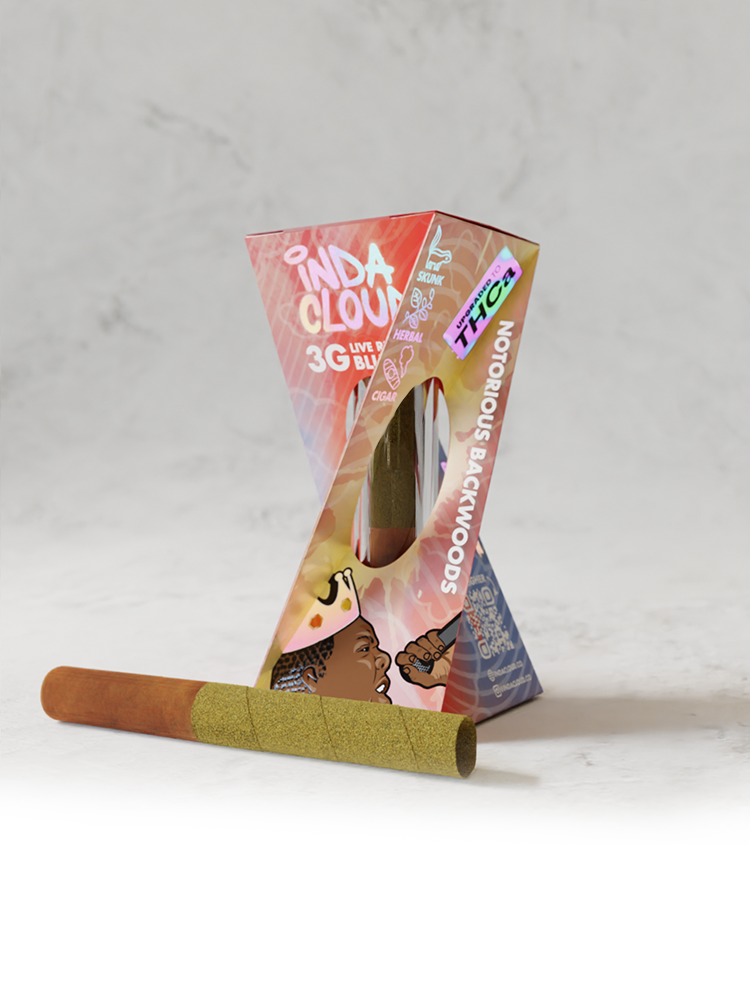

THCa, or tetrahydrocannabinolic acid, is an unsung hero in the realm of cannabis compounds. Native to raw and live cannabis, this non-psychoactive cannabinoid does not cause the intoxicating effects that THC is known for. Instead, it offers a range of potential health benefits, garnering growing interest from both wellness enthusiasts and scientific researchers. If you want to buy THCa, you are undoubtedly interested in exploring these health-enhancing possibilities.
THCa stands for Tetrahydrocannabinolic Acid, a non-psychoactive compound found in cannabis. Unlike its more famous cousin, THC, THCa does not produce a ‘high’ when consumed, owing to its inability to bind effectively with the CB1 receptors in our bodies that have a strong affinity for THC.
Contrary to popular belief, THCa uniquely interacts with our receptors compared to THC, triggering a more subtle pain-relieving effect. Emerging studies have also indicated potential neuroprotective properties within THCa. These properties help delay the onset of neurodegenerative diseases such as Huntington’s disease and assist in managing conditions like colitis and IBS. THCa may also prove advantageous for individuals with seizure disorders, making it a compound worthy of further research and understanding.
The main difference between THC and THCa lies in the latter’s non-intoxicating nature. When you heat THCa via smoking, vaping, dabbing, or cooking for edibles, it transforms into THC, a process known as decarboxylation. This process alters the molecular structure of THCa, enhancing THC’s interaction with the body’s CB1 receptors.
While THC and THCa share some common benefits, like potentially alleviating nausea, THCa stands out in its potential to reduce inflammation. Some users might find THCa less effective for sleep as it does not produce the euphoric effect typically associated with THC. However, in some medical scenarios, the non-psychoactive nature of THCa could be more beneficial.
When you want to buy THCa, your journey begins here with Indacloud, your trusted destination for the highest quality THCa near you. Our extensive selection of THCa for sale encompasses an impressive array of THCa carts, edibles, vapes, and much more, all available to buy THCa online with just a few clicks.
Stepping into the spotlight is our Sour Diesel Live Resin Bangers THCa pre-rolls, an unmissable part of our THCa online collection. Crafted with pure THCa from the famous Sour Diesel strain, these pre-rolls are more than a mere cannabis product; they’re an experience. This potent strain is beloved for its quick-acting, energizing Sativa effects, and these attributes are amplified in our Live Resin Bangers.
Each pack boasts four pre-rolls weighing over 1.25 grams, ready to deliver an exceptional experience. With their distinctive diesel flower flavor and lingering lemony haze scent, you’re in for a sensory treat when you buy THCa pre-rolls from us.
Many users regularly consume THCa converted into THC via smoking, dabbing, vaping, or consuming edibles for therapeutic or recreational purposes. Here, THCa serves as a precursor to THC. But the potential benefits of THCa flower in its raw, unheated form are now gaining recognition.
One popular method of consuming raw THCa hemp flower is through fresh cannabis. Many enthusiasts incorporate raw cannabis into their daily juicing regimen for its effectiveness and flavor. Numerous businesses also offer THCa tinctures and topicals for regular use, similar to vitamins or post-workout massage oils.
Activating THCa is as easy as packing, lighting, and inhaling. Smoking cannabis, using a vape pen, or any other heat-producing intake method activates THCa in the body. For topical applications, tinctures, or edibles, decarboxylating cannabis is key. The simplest way to do this is by heating cannabis flower in a regular oven between 200 and 245°F for at least 30 up to 40 minutes.
The cannabis landscape is vast, and high THCa products are among its most promising horizons. As continued research unearths the potential health benefits of THCa, this powerful compound is set to revolutionize our understanding of plant-based wellness. At Indacloud, we are excited to bring these possibilities to your doorstep, making it easy for you to buy THCa online and explore the vibrant world of cannabis wellness.
Invest in the highest quality products as you embark on your THCa journey. At Indacloud, we offer an extensive range of enticing edibles, user-friendly vapes, smooth smokables, and potent concentrates for the discerning consumer. When you buy THCa from us, you are guaranteed safe, consistent products every time.
We manufacture all our offerings in small batches, lab testing each product to ensure quality. With Indacloud, enjoy the benefits of THCa right from the comfort of your couch, with the assurance of our commitment to quality, safety, and customer satisfaction.
We know that when you are searching for “THCa near me,” you are not just looking for convenience but assurance. We promise that all our THCa for sale, including our THCa carts and pre-rolls, undergo rigorous third-party lab testing. We want you to feel confident and secure when you buy THCa from us, knowing you’re receiving products that meet the highest safety, potency, and quality standards.
The legality of THCa can indeed be a complex subject. THCa is non-psychoactive, yet it is a part of the cannabis plant and can transform into THC when repeatedly exposed to heat. It can also convert into the somewhat intoxicating compound CBN, another derivative of cannabis. Though some U.S. retailers have started selling THCa products over the counter without prescription, this highly depends on local and state regulations.
THCa is not a scheduled substance per se. However, local and federal restrictions still apply if you have THCa-rich products like marijuana or concentrates in amounts deemed illegal. So, if you are found with a large quantity of raw cannabis, law enforcement officers won’t necessarily consider that raw cannabis is not intrinsically intoxicating.
While looking to buy THCa hemp flower strains, it is essential to understand that THCa does show up on a drug test. In consuming cannabis products, it is nearly impossible to decarboxylate the entire THCa content into THC fully. Hence, if you consume marijuana or dabs, you are likely also ingesting THCa. This also holds for certain types of rosin or hash-based edibles due to the lack of cannabinoid isolation, although this is less likely given the strict lab testing standards.
You can smoke or dab THCa, but remember, to experience the benefits like pain relief, increased appetite, and alleviation from nausea associated with THC, you need to heat your THCa-rich cannabis product. Upon heating, such as with a lighter, a vape pen battery, or a quartz dab nail, THCa begins to convert to THC. Thus, when you smoke a joint, load a bowl, or use a bong, you predominantly inhale THC.
While it is not recommended to eat a cannabis nugget directly, there are ways to consume THCa without decarboxylating it. First, try grinding fresh cannabis flowers into a food item. Then, for maximum health benefits, consider adding ground cannabis into a smoothie and other superfoods like kale or avocado. Some people even juice fresh cannabis leaves immediately after harvest. However, if you’re considering this, ensure your grower doesn’t use chemical pesticides.
High THCa, or tetrahydrocannabinolic acid, primarily serves as the non-psychoactive precursor to THC in cannabis plants. As a result, THCa has potential therapeutic benefits, including anti-inflammatory, neuroprotective, and antiemetic effects. When you buy THCa and consume it in its raw or unheated form, you can enjoy these wellness benefits without the mind-altering effects typically associated with THC.
In terms of cannabis cultivation, a high THCa level is generally considered anything above 20%. This level often translates into a potent THC content when the cannabis is heated or decarboxylated. If you are looking for “THCa near me,” bear in mind that products will vary in THCa content, and the resulting effects could also differ.
THCa’s legality in Texas can be a bit complex. While hemp-derived products containing less than 0.3% THC are legal, THCa can be converted into THC, which may cause legal implications. So, before you buy THCa or look for “THCa for sale” in Texas, it is highly advisable to consult with a legal expert or closely monitor the latest regulations.
THCa can be consumed in various ways, the most popular being raw cannabis juicing and tinctures. THCa carts, which can be vaporized, are another effective method, especially for individuals seeking immediate effects. However, remember that heating THCa converts it into THC, so if you aim to buy THCa for its non-psychoactive benefits, consider consuming it raw or unheated.
Yes, you can purchase THCa online, depending on your local regulations. Websites like Indacloud offer “THCa for sale,” making it easy to buy THCa without the need to step out of your house. However, before making an online purchase, ensure the website is reliable, products are third-party tested, and you comply with local and state laws.
THCa is not explicitly regulated under federal law. However, because it is a precursor to THC, there may be circumstances where THCa is treated similarly to THC, which is federally illegal. Therefore, before you “buy THCa,” it’s crucial to stay informed about evolving laws and regulations.
The legal amount of THCa varies depending on local and state laws. In addition, as THCa can convert into THC, some jurisdictions may impose restrictions on THCa quantities. So, always consult local regulations and guidelines before searching for “THCa near me” or looking to purchase THCa products.
When considering cannabis strains, a high level of THCa often means over 20%. Such a level can lead to potent THC content after decarboxylation. Thus, when you seek “THCa for sale,” remember that a high THCa level can result in potent psychoactive effects once heated. Always consider this factor when deciding to buy THCa or THCa carts.
Copyright 2023 © Indacloud